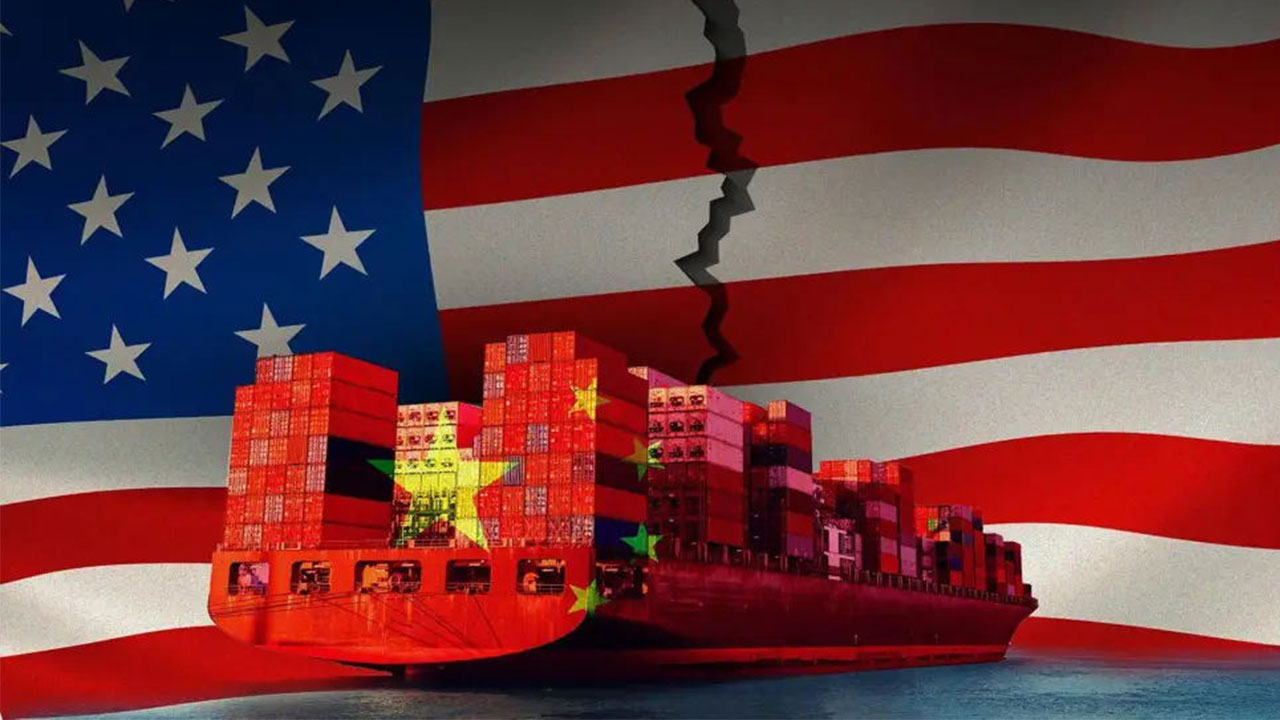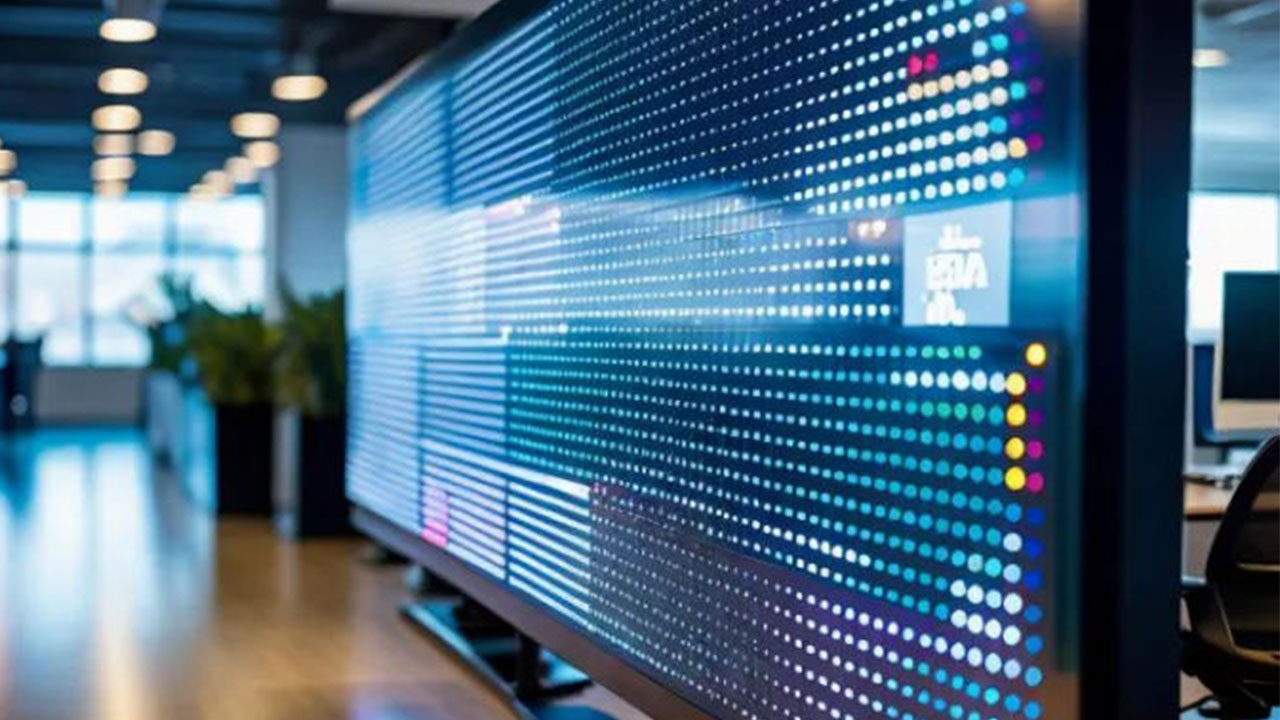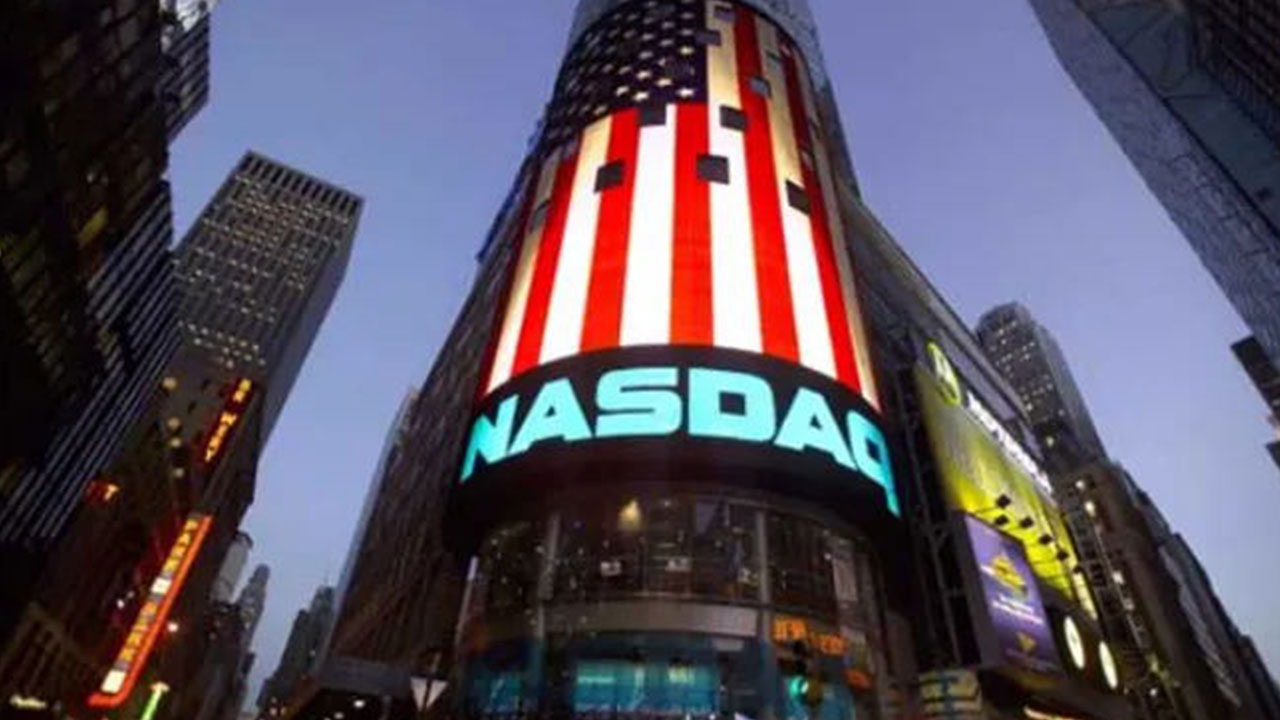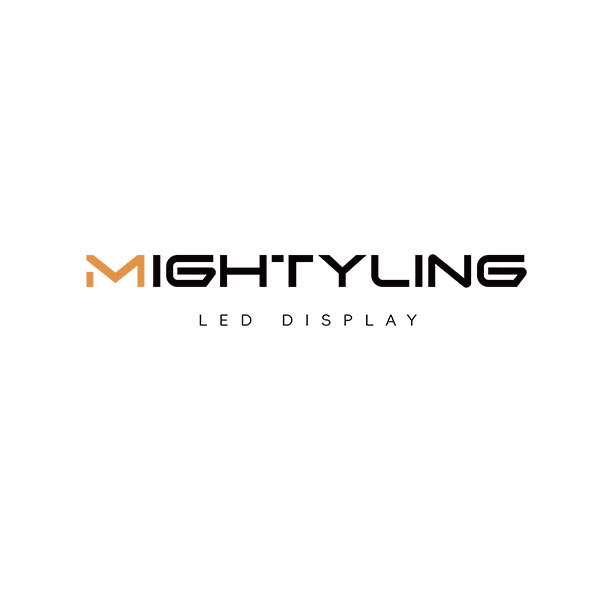+86 0755 2301 1202
info@mightyling.com
Building 1, Zhongzhan Technology Park, No. 9 Furong Road, Tantou Community, Songgang Street, Shenzhen
On February 1, 2025, the US government quietly pressed the "tariff nuclear button", and the first 10% tariff adjustment was like the calm before the storm. This trade storm escalated sharply in the following two and a half months: the tax rate soared to 20% in March, jumped to 34% in early April, and staged a "tariff lightning war" from April 9 to 15, with daily double-digit growth rates skyrocketing to a staggering 245%. This unprecedented tariff barrier not only sets a new record in the China US trade war, but also has a devastating impact on China's LED display industry. As a core link in the global industrial chain, the export channels of Chinese LED companies have been severely blocked, and their product competitiveness has sharply declined under the added policy costs. The reason why the destructive power of this storm is so great is that the US market has irreplaceable strategic value for China's LED industry.

The US market: a double-edged sword of industrial complementarity and Chinese technology
The export market pattern of China's LED display screens in 2024 shows that the United States remains the largest single market with a market share of 25% to 30%, far surpassing other major regions such as Europe (15%), Southeast Asia (18%), and the Middle East (10%), presenting a clear market gradient distribution.
The formation of this pattern stems from the deep complementarity of the industrial structure between China and the United States. The United States presents a "dumbbell shaped" feature in the LED industry - leading the world in upstream core technology research and development and downstream application scenario development, but there is a 78% capacity gap in the midstream manufacturing process. China, with its complete industrial chain, mature packaging technology, and innovative breakthroughs in dynamic energy saving, not only meets strict standards such as UL certification, but also precisely fills the supply gap in the US market with its high cost-effectiveness advantage.
The success of Chinese enterprises also relies on the dual wheel drive of "technological innovation+localized operation": on the application side, they deeply integrate into high-end scenarios such as sports and entertainment in the United States and smart cities, and create benchmark projects such as NBA venues and Las Vegas giant ball screens; On the supply chain side, rapid response delivery within 72 hours is achieved through the layout of bonded warehouses in the United States and assembly bases in Mexico. This efficient collaborative model not only consolidates the competitiveness of Chinese enterprises in high-end markets such as 5G smart displays, but also promotes the maintenance of a high gross profit margin of 42.6% for exports to the United States, forming a virtuous cycle of "technological breakthroughs market penetration supply chain optimization".

Triple Barrier: Policy, Supply Chain, and Brand Encirclement
The US market is far from a completely open 'free arena', but rather has multiple structural barriers. The federal government has prioritized local brands in government procurement through policy tools such as the Infrastructure Act, building a solid policy moat for domestic enterprises. Represented by Daktronics, American domestic brands have long held a market share of approximately 50% due to their strong market foundation. Their product portfolio includes LED/LCD display systems, audio and control systems, which are widely used in high-end venues such as NFL stadiums and NASDAQ exchanges. Combined with the competitive advantage formed by foreign brands such as Samsung (Texas factory) and LG (Mexico base) through localized production in North America, by 2024, American and Korean companies will jointly control about 60% of the market share, leading the commercial display and high-end retail fields.
Although Chinese companies maintain a leading position in cutting-edge technologies such as Mini/Micro LED and have significant price advantages (about 60% -70% of local brands), they are limited by insufficient brand awareness and trade barriers. In 2024, the actual shipment scale to the United States was only over 3 billion yuan, with a market share of about 40%. Chinese products are mainly concentrated in the mid to low end segmented markets such as small and medium-sized commercial displays and rental screens. The penetration rate in high value-added areas such as government projects and sports venues is less than 15%, while local brands such as Dako have a market share of over 80% in these areas. This market pattern clearly reveals the triple barriers to entry in the US market: institutional barriers formed by policy tilt, delivery advantages built by local supply chains, and customer stickiness formed by long-term brand accumulation.

Enterprise differentiation: strategic adjustment of leading enterprises and survival crisis of small and medium-sized manufacturers
The current global development of the LED display industry is showing a polarized trend. Although leading enterprises have established a global sales network, their actual operations still face challenges: the layout of a domestic leading enterprise in Europe, Asia, Africa, Latin America and other regions is significantly lagging behind expectations due to insufficient local industrial chain support, resulting in a significant delay in capacity release progress; Another enterprise with a mature warehousing system has also entered a period of transformation pains in its North American business due to customer restructuring. These phenomena reflect that even industry leaders need a longer period of adjustment to implement their internationalization strategies.
In contrast, the situation for small and medium-sized enterprises is more difficult. Due to weak funding chains and bargaining power, these enterprises are facing the dilemma of "double pressure" in the face of difficulty in fully transferring tariff costs - high upstream raw material costs and doubled downstream order delivery pressure. Several business owners have expressed that after exhausting most of their energy in dealing with tariff fluctuations and supply chain restructuring, they are no longer able to balance technological innovation and market expansion.
Faced with industry difficulties, enterprises urgently need to change their development thinking: from passively bearing pressure to actively breaking through the difficulties. This requires companies to re-examine their globalization strategies, strengthen their local operational capabilities, enhance supply chain resilience, and build new competitive advantages through technological innovation. Only by completing this mindset shift can sustainable development be achieved in an environment with high trade barriers.
Jedi Counterattack: A Four Step Strategy from "Manufacturing" to "Intelligent Manufacturing"
To achieve strategic breakthroughs in China's LED industry, it is necessary to build a "four in one" innovative development system:
At the technical level, implement a dual track strategy of "cutting-edge breakthroughs+deep cultivation of scenarios". Concentrate advantageous resources to break through bottleneck technologies such as Micro LED mass transfer and transparent display, and improve the yield of 8K cinema level displays to a commercial level. Simultaneously targeting specialized fields such as medical surgery (4K endoscopic display) and intelligent vehicle mounted display (AR-HUD), to create a differentiated technological moat.
In terms of market development, we adopt a combination of "mature market cultivation+emerging market positioning" strategy. On the one hand, deeply involved in government led projects such as Thailand's virtual production and Saudi Arabia's e-sports new city; On the other hand, we will build a "technology+standards" output platform in the RCEP region and cultivate emerging markets through joint laboratories and other forms.
In terms of supply chain transformation, building a "flexible supply network". Layout modular assembly centers at strategic nodes such as Mexico and Türkiye, and simultaneously establish digital compliance management systems. Innovatively develop a light asset model of "technology authorization+standard output" and form an industrial community with Southeast Asian partners.
Standard competition dimension, launch the 'Green Standard Navigation Plan'. Collaborating with institutions such as the Fraunhofer Institute in Germany, we have jointly developed the world's first full lifecycle carbon footprint standard for display screens, transforming China's technological advantages in dynamic energy conservation, modular design, and other fields into a standard discourse power. By establishing the 'Carbon Neutral Display Certification', reshaping the global industry competition rules, and achieving a strategic upgrade from product output to standard output.
How can the LED display industry ride the wave of AI?
The three major incremental market opportunities and breakthrough directions for LED displays in 2025

Mengling is a global provider of LED displays. We show premium technology with cutting-edge technology and advanced innovations, providing LED display products, solutions,and services worldwide for rental stage events, ads billboards, commercial display, etc.
Building 1, Zhongzhan Technology Park, No. 9 Furong Road, Tantou Community, Songgang Street, Shenzhen

Cell:+86 193 2872 5381
Whatsup:+86 176 6528 8667
E-mail:info@mightyling.com
Headquarters Address:
No. 1 Factory Building 101, Phase Ⅱ of Jinshunyuan factory area, south side of Furong Road, Tantou community, Songgang Street, Bao'an District, Shenzhen, China
Factory Address:
No. 1 Factory Building 101, Phase Ⅱ of Jinshunyuan factory area, south side of Furong Road, Tantou community, Songgang Street, Bao'an District, Shenzhen, China